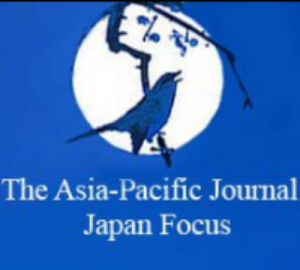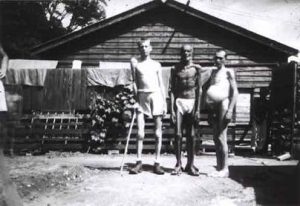William Underwood
William Underwood, a faculty member at Kurume Institute of Technology and a Japan Focus coordinator, completed his doctorate at Kyushu University on forced labor in wartime Japan.
Volume 13 | Issue 26 | Number 3
Volume 13 | Issue 26 | Number 2
Volume 10 | Issue 54 | Number 88
Volume 8 | Issue 30 | Number 1
Volume 8 | Issue 17 | Number 3
Volume 8 | Issue 7 | Number 3
Volume 7 | Issue 47 | Number 1
Volume 6 | Issue 3
Volume 5 | Issue 10
Volume 5 | Issue 9
Volume 5 | Issue 5
Volume 5 | Issue 3
Volume 4 | Issue 9
Volume 4 | Issue 9
Volume 4 | Issue 8
Volume 4 | Issue 8
Volume 4 | Issue 3
Volume 4 | Issue 3
Volume 4 | Issue 2
Volume 3 | Issue 9
Volume 3 | Issue 7
























